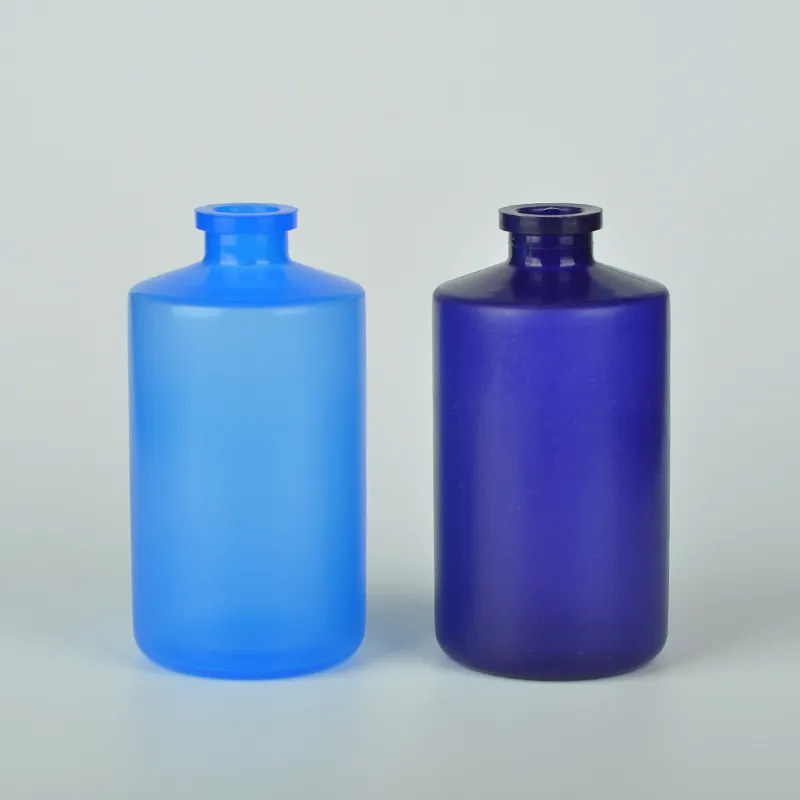Sterile Dropper Options for Safe and Precise Liquid Dispensing Solutions
The Importance of Sterile Droppers in Medical and Laboratory Applications
In various scientific and medical fields, the use of sterile droppers is crucial for ensuring precision, safety, and contamination control. These simple yet vital tools play a significant role in numerous applications, from clinical procedures in hospitals to experiments in laboratories. Understanding their importance, proper usage, and the underlying principles of sterility can greatly enhance both patient safety and research integrity.
What are Sterile Droppers?
Sterile droppers, typically made of glass or plastic, are designed to dispense liquids in a controlled manner. They often feature a rubber bulb or pipette for suctioning and releasing the fluid. The term sterile indicates that these droppers have been processed to eliminate all forms of viable microorganisms, including bacteria, viruses, and fungi. This sterility is essential when handling sensitive biological materials or conducting procedures that require a high degree of cleanliness.
Why Sterility Matters
Contamination can lead to significant complications in both clinical and laboratory settings. In medical contexts, using a non-sterile dropper to administer medication or collect samples can introduce harmful pathogens into a patient’s body, potentially compromising their health. In laboratory settings, contamination can skew experimental results, lead to erroneous data, and ultimately affect the validity of research findings. Therefore, the use of sterile droppers is not just a best practice; it is a critical component of maintaining safety and reliability in both fields.
Applications in Healthcare
sterile droppers

In healthcare, sterile droppers are often used for administering medications, especially in pediatric and geriatric patients who may require precise dosing. These devices ensure that the correct amount of medication is delivered without introducing external contaminants. Additionally, sterile droppers are frequently used in the collection of biological samples, such as blood or urine, where maintaining sterility is crucial for accurate diagnostic outcomes. Their use helps to prevent infections and cross-contamination, supporting overall patient safety and care.
Laboratory Usage
In laboratories, sterile droppers are widely used for handling reagents, diluting solutions, and transferring cultured cells. Especially in microbiological and biochemical research, where precision and contamination control are paramount, sterile droppers facilitate the careful handling of specimens without interference from unwanted microbes. The use of sterile droppers in experiments involving cell cultures is vital; even a single contaminant can render an entire experiment invalid. Thus, sterile droppers safeguard the integrity of research and foster reliable results.
Best Practices for Using Sterile Droppers
To maintain their sterility, it is crucial to handle sterile droppers following strict protocols. They should be stored in a clean, dust-free environment and opened only when necessary. Users should avoid touching the tip of the dropper or allowing it to come into contact with any surfaces that may harbor contaminants. After use, droppers should be disposed of according to appropriate biomedical waste disposal guidelines to prevent the risk of contamination or infection.
Conclusion
Sterile droppers are indispensable tools across medical and scientific fields, ensuring the safe and accurate handling of liquids while preventing contamination. Their proper use is essential not only for patient safety in clinical environments but also for achieving valid and reliable outcomes in laboratory research. As advancements in medicine and science continue, the importance of sterile droppers remains steadfast, underscoring the need for stringent sterility maintenance to protect public health and enhance the quality of research.
-
Aesthetic Makeup Spray Bottles | Fine Mist Empty RefillableNewsAug.19,2025
-
White Plastic Veterinary Vaccine Vials | Lab Liquid BottlesNewsAug.18,2025
-
Plastic Medicine Liquid Bottle: Secure Flip Top Drug VialsNewsAug.17,2025
-
Durable 250ml Blue Plastic Vaccine Vial for Lab & Vet UseNewsAug.16,2025
-
Sterile Virus Sample Tubes: Secure & Reliable Specimen CollectionNewsAug.15,2025
-
White 250ml Plastic Vaccine Vial for Lab & Vet MedicineNewsAug.14,2025
























